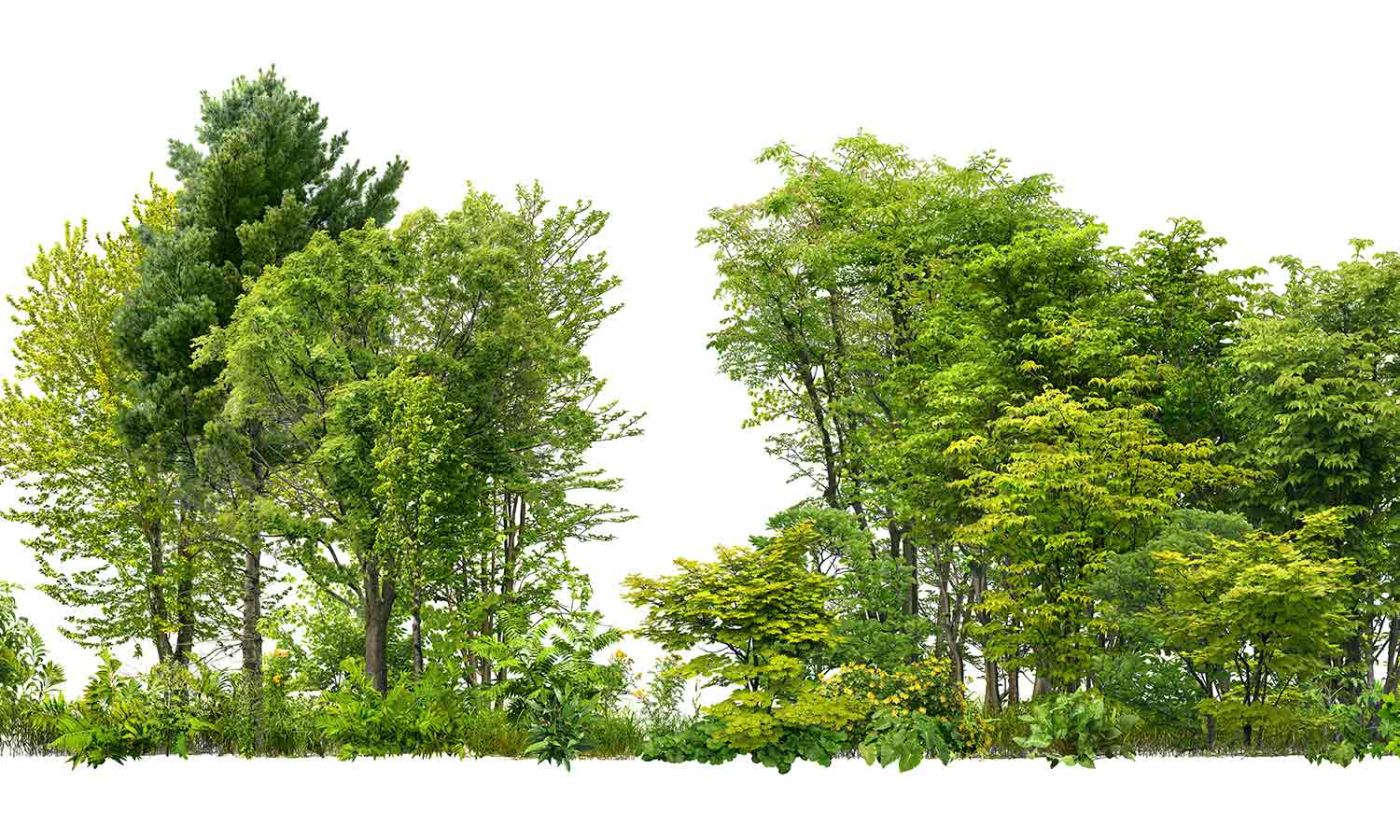#DataViz: Government Says India's Forests Grew But Better Data Needed To Understand How
While the country's forest cover increased overall, it reduced in northeastern states, show the latest data from the Forest Survey of India

Gurugram: India's forest cover has increased by 1,540 square kilometre (sq km) between 2019 and 2021, according to the latest India State of Forest Report (ISFR). Whether this increase is because of a growth in natural forests--which are biodiverse--or because of plantations and monoculture--which cannot replace a natural forest's biodiversity--is unknown, as the report lacks these details.
The Forest Survey of India (FSI) undertakes an assessment of India's forests every two years. It defines forests to include all patches of land where the tree canopy exceeds 10% and the area exceeds 1 hectare, irrespective of how that land is used, its ownership or the species of trees.
The problem lies in the fact that monoculture or species-poor plantations, even if they conform to this definition, cannot replace the climate-regulating functions provided by natural forests, as we had reported in July 2020.
Also, India lost 66,000 hectares or 0.65% of humid primary forests--defined as mature, natural, humid tropical forest cover that has not been completely cleared and regrown in recent history--between 2017 and 2019, we reported in November 2021.
Further, India does not measure the fragmentation of forests, important because small patches of forests do not provide the same benefits as contiguous forests, as we reported in an interview in March 2020, of Subhash Ashutosh, Director General of the FSI. He had then highlighted the lack of manpower for such an exercise and to carry out ground-truthing or, the ground verification of digital and satellite data.
The total forest cover in India's biodiversity-rich northeastern states, including in Arunachal Pradesh, Manipur, Nagaland, Mizoram and Meghalaya, has dropped by 1,020 sq km. The ISFR attributed this loss in forest cover to shifting cultivation, felling of trees, natural calamities, development activities and anthropogenic pressure in these states.
We welcome feedback. Please write to respond@indiaspend.org. We reserve the right to edit responses for language and grammar.


